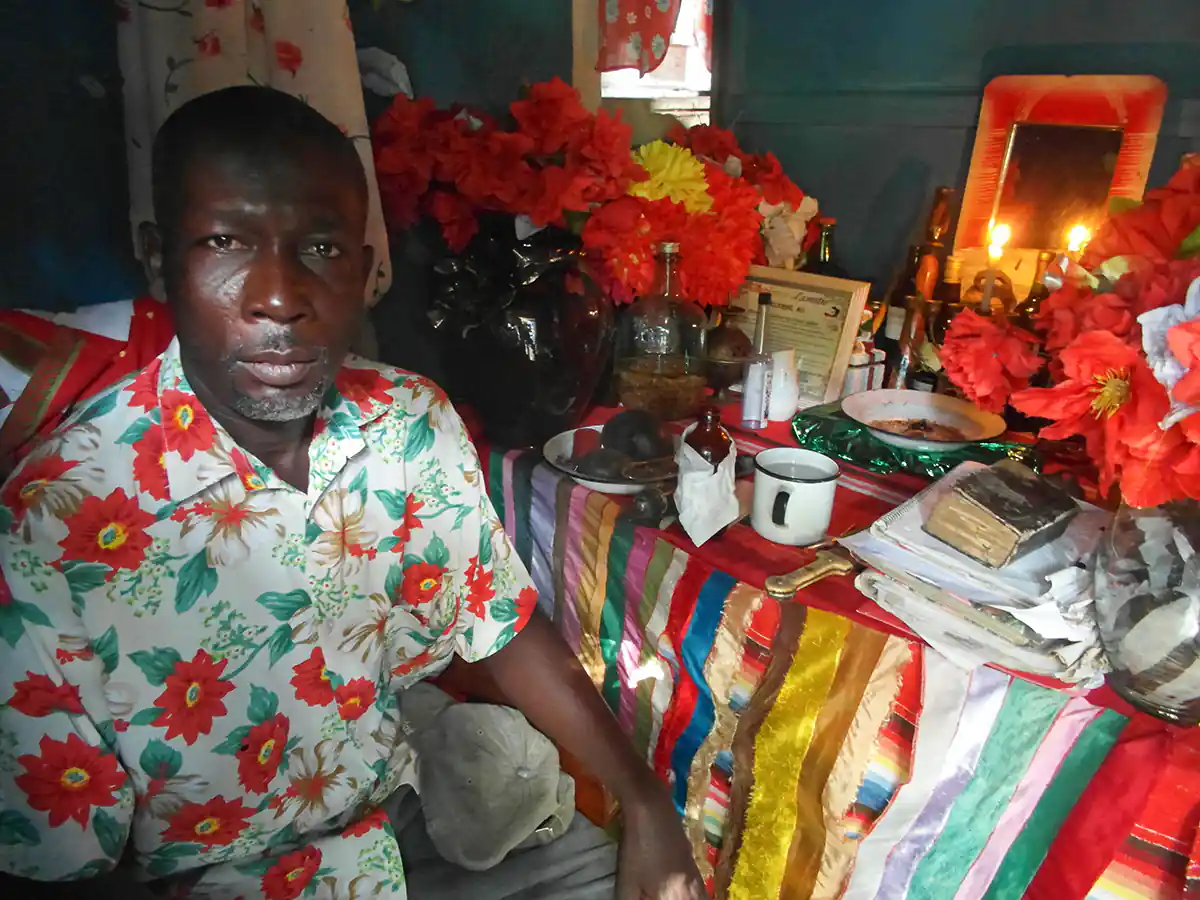Sacred Sites of Haiti
Haiti: Rhythm of Spirits and Resilience
Haiti's spiritual landscape draws deeply from West African ancestral traditions, intertwined with elements of Catholicism and influences unique to the nation. From breathtaking natural waterfalls to the rhythm of ceremonies, this Caribbean nation reveals the power of spirituality to transcend both hardship and triumph.
Vodou Sacred Sites
Within Haiti's Vodou traditions, practitioners rely on a direct connection to ancestral spirits and maintain strong connections between daily practice and places associated with specific lwas (spirits). Some of these significant sites include:
Bassin-Bleu
These cascading waterfalls near Jacmel hold ritual significance within Vodou practices. Spirits (lwa) associated with specific waterfalls are sought for assistance with matters related to love, healing, and other needs.
Saut-d'Eau Waterfall
Annually, this location acts as a major pilgrimage destination during the celebration of Our Lady of Mount Carmel (Ezili Danto in Vodou), attracting practitioners and observers. Vodou ceremonies, Catholic devotion, and a festive atmosphere intermix within this site's cultural significance.
Souvenance
Near Gonaïves, Souvenance serves as a gathering place for significant annual ceremonies and pilgrimages within Vodou traditions. Its importance stems from both historical connections and ongoing reverence, providing a focal point for spiritual life and ritual throughout the year.
Lakou Badjo
A specific temple or community space, Lakou Badjo provides an example where practitioners gather, ceremonies occur, and deities are honored. While public access varies depending on a specific 'lakou,' they represent locations for daily religious observance within Vodou.
Non-Vodou Sites
Beyond Vodou traditions, other religious sites or those of profound historical significance contribute to Haiti's unique spiritual landscape.
Cathédrale Notre-Dame de Port-au-Prince
While sadly damaged by an earthquake, Port-au-Prince's Cathedral carried historical and symbolic significance as a major Catholic monument. Its state acts as a physical reminder of hardships faced by the community.
The Citadelle Laferrière
This mountaintop fortress serves as a powerful testament to resilience and independence. Built shortly after the Haitian Revolution, it stands as a national symbol and reflects the country's complex past.
Bois Caïman
This forested location holds immense historical significance as the traditional site where initial ceremonies leading to the Haitian Revolution occurred. Though less visually noticeable than built structures, it symbolizes a turning point and carries continued importance for many.
Note:
Many practices surrounding Vodou remain within private spheres, especially for those fully initiated. Approaching them with respect and avoiding any voyeuristic tendencies is essential. Seeking knowledgeable guidance or attending specific public events helps facilitate cultural appreciation without disrespectful intrusiveness.

Martin Gray is a cultural anthropologist, writer and photographer specializing in the study of pilgrimage traditions and sacred sites around the world. During a 40 year period he has visited more than 2000 pilgrimage places in 160 countries. The World Pilgrimage Guide at sacredsites.com is the most comprehensive source of information on this subject.

